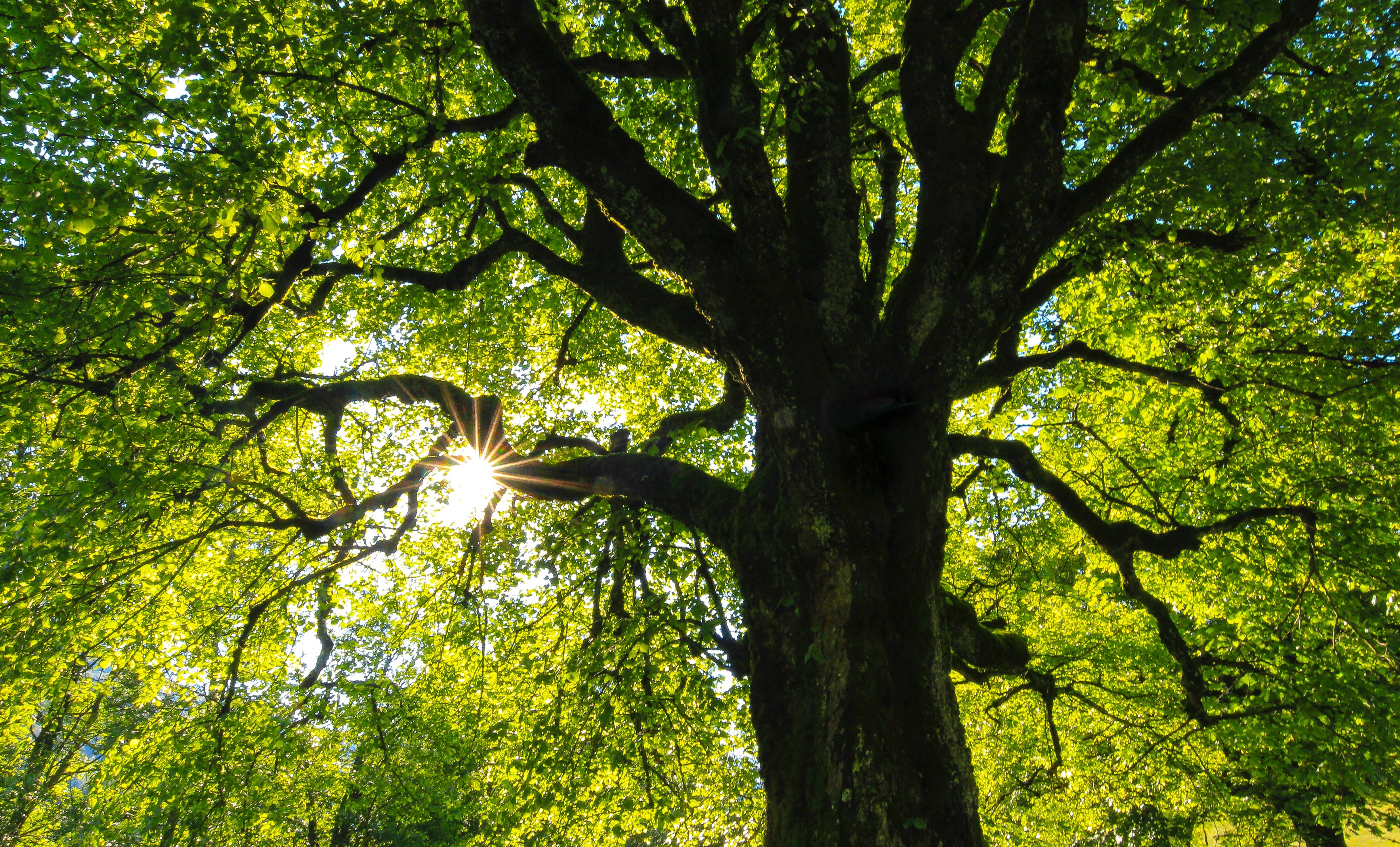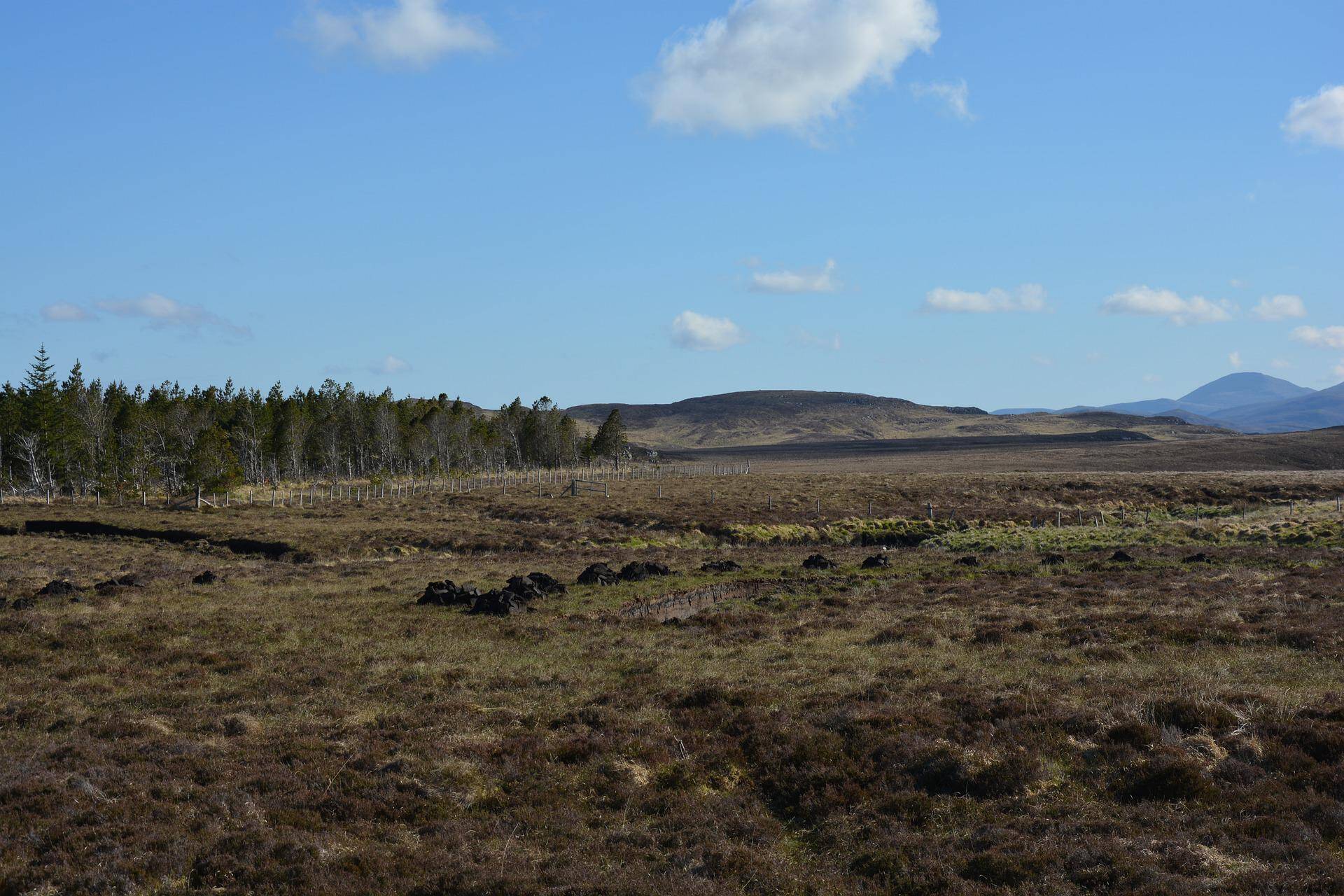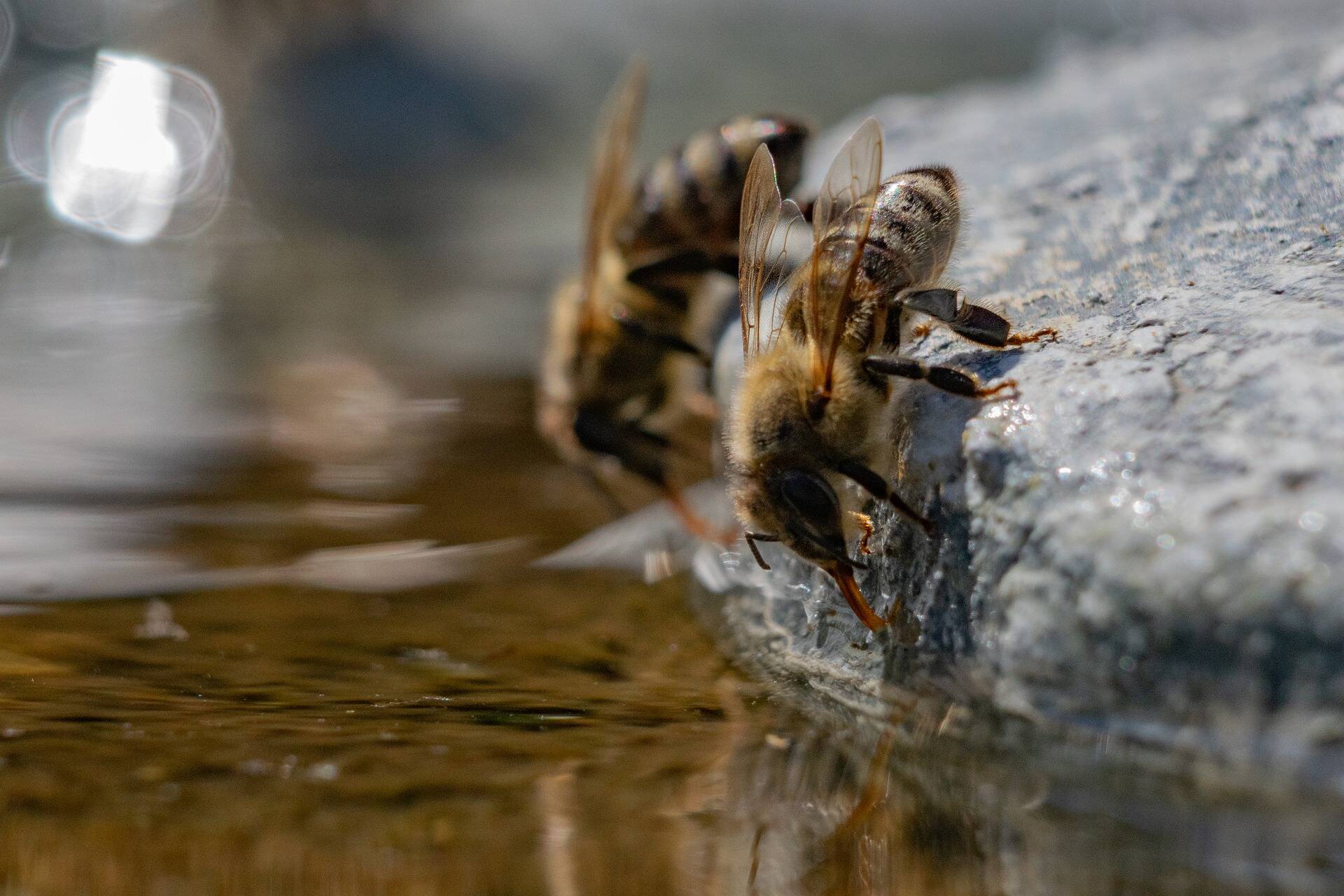You’ve reached your limit!
To continue enjoying Utility Week Innovate, brought to you in association with Utility Week Live or gain unlimited Utility Week site access choose the option that applies to you below:
Register to access Utility Week Innovate
- Get the latest insight on frontline business challenges
- Receive specialist sector newsletters to keep you informed
- Access our Utility Week Innovate content for free
- Join us in bringing collaborative innovation to life at Utility Week Live

While the utility sector’s creative minds are pulling up trees to fuel the energy transition, decarbonise and innovate around water supply, firms’ green strategies incorporate far broader schemes than simply replanting them.
Recent research by Utility Week and low-code automation specialist Appian found that more than three quarters of utilities have already introduced stretching targets to decarbonise operations and asset bases since the UK made its 2050 net zero commitment – a pledge which more than 90% of firms claim has triggered major strategic transformation.
As part of this, utilities are increasingly digging into non-traditional, nature-based, solutions to the pressing challenges they face while attempting to meet the enduring expectation that they safeguard the environment and promote biodiversity in everything they do.
EDF, for instance, has worked with 50 environmental specialists on Hinkley Point C to help restore Steart Marshes – a saltmarsh the firm claims stores as much carbon over four years as one million trees grown for a decade – while Southern Water has implemented nature-based sustainable drainage solutions (SuDs) spanning ponds, wetlands, soakaways, and rain gardens to prevent water from entering combined sewer system during heavy rainfall and reduce storm overflows.
 What’s more, in a bid to secure more reliable water supplies across the south east, safeguard local drinking water amid stress and shortfall, and reduce abstraction from two world-renowned, but sensitive, chalk streams, Portsmouth Water is building the Havant Thicket Reservoir – south east England’s first new reservoir since the 1970s – on a site chosen as it fills a valley sitting on clay, a natural seal.
What’s more, in a bid to secure more reliable water supplies across the south east, safeguard local drinking water amid stress and shortfall, and reduce abstraction from two world-renowned, but sensitive, chalk streams, Portsmouth Water is building the Havant Thicket Reservoir – south east England’s first new reservoir since the 1970s – on a site chosen as it fills a valley sitting on clay, a natural seal.
According to Mark Lloyd, CEO of The Rivers Trust – a pool of conservation experts which already collaborates broadly with the water sector – building such delivery plans, programmes demonstrating nature-based solutions and finding ways to collaboratively overcome implementation barriers is of the utmost pan-utility importance.
“Not only does this approach often provide the most cost-effective solution, but it also delivers far wider benefits for society in terms of nature-recovery, flood defence, amenity value and reduced greenhouse gas emissions,” he says.
Before leaders from water, energy and networks gather to explore the latest thinking in natural capital and nature-based solutions at Utility Week Live on 17 and 18 May, Utility Week Innovate digs into three examples of utilities already working to protect and restore their local environments.
- Join the discussion about natural capital and nature-based solutions at Utility Week Live on 17-18 May 2022. Register here for free
Restoring a bottomless carbon sink
 According to Natural England’s Carbon Storage and Sequestration by Habitat 2021 report, healthy peatland – a surface organic soil layer formed by the partial decomposition of plant matter in wet, acidic, bogs – offers the largest carbon sink of all habitats, and can store it indefinitely.
According to Natural England’s Carbon Storage and Sequestration by Habitat 2021 report, healthy peatland – a surface organic soil layer formed by the partial decomposition of plant matter in wet, acidic, bogs – offers the largest carbon sink of all habitats, and can store it indefinitely.
The downside is that when degraded or dry, peatland can potentially release thousands of years’ worth of stored atmospheric carbon. Therefore restoring peat bogs to both cling onto historic carbon and capture the new is a potentially crucial aspect of carbon offsetting.
With this in mind, when acquiring land to build a new substation connecting energy produced by windfarms in south Wales’ valleys, National Grid invested £120K in the restoration of one such carbon sink on the Hirwaun Industrial Estate.
 Subject of historic landfilling, the 15-hectare bog, which sits at the bottom of the Cynon Valley in Rhondda Cynon Taf, stores the equivalent of 32,000 tonnes of carbon dioxide – the estimated annual emissions of 22,000 petrol cars.
Subject of historic landfilling, the 15-hectare bog, which sits at the bottom of the Cynon Valley in Rhondda Cynon Taf, stores the equivalent of 32,000 tonnes of carbon dioxide – the estimated annual emissions of 22,000 petrol cars.
“With up to nine meters of peat, and based on the rule of thumb that one metre of peat equates to 1,000 years of growth, evidence suggested that the bog was initially formed shortly after the glaciers rolled away at the end of the last ice age,” Dr Rob Low, who was commissioned by National Grid to assess the bog, explains.
In order to ensure year-round high water levels and new sphagnum moss growth needed to effectively capture atmospheric carbon, National Grid has helped block shallow ditch systems to “re-wet” the site. “The high-frequency, automatic water level monitoring which has been installed within the bog confirmed that the dams had a positive effect in raising water levels,” Dr Low adds.
Hear more about how utilities are taking control of their own net zero journey at Utility Week Live on 17-18 May 2022. Register here for free
‘Re-meandering’ Swindale Beck
 United Utilities and the Royal Society for the Protection of Birds (RSPB) have been working collaboratively at Haweswater Reservoir over the last ten years to improve air and water quality as well as local biodiversity. The quality of the raw water in the reservoir, which serves a quarter of the north west, is directly affected by the condition of the surrounding land which drains into it.
United Utilities and the Royal Society for the Protection of Birds (RSPB) have been working collaboratively at Haweswater Reservoir over the last ten years to improve air and water quality as well as local biodiversity. The quality of the raw water in the reservoir, which serves a quarter of the north west, is directly affected by the condition of the surrounding land which drains into it.
While a range of measures have offered carbon capture, reduced flood risk and sustainable livestock production, arguably the standout has been the re-meandering of Swindale Beck – which had been artificially straightened some 200 years ago to increase grazing land.
Over the years, gravel had been dug out from the straightened channel and used to raise the height of the river’s banks. Rather than spilling out onto the meadows, this caused water to shoot rapidly downstream, causing flooding.

However, to return the river to its natural course – thereby restoring habitat for local wildlife and reducing levels of silt being carried into the reservoir – United Utilities removed the river’s raised bank, allowing the water to flood onto nearby meadows more easily and therefore slowing the progress of water flowing down the valley and reducing flooding downstream.
The water will flow back into its natural, meandering channel more gradually – which will also slow water flow. According to United Utilities, the river is also now able to “flex” gradually in its new channel, reducing the risk of banks eroding and failing during high flows.
Join the conversation about the impact of new catchment management and natural capital approaches on sustainable drinking water at Utility Week Live on 17-18 May 2022. Register here for free
Creating a pollinator super highway
 In autumn, Yorkshire Water revealed that surveys were underway at six of its sites – Fewston, Swinsty, Thruscross, Embsay, Grimwith and Barden reservoirs – after they were slated to become part of a new pollinator superhighway.
In autumn, Yorkshire Water revealed that surveys were underway at six of its sites – Fewston, Swinsty, Thruscross, Embsay, Grimwith and Barden reservoirs – after they were slated to become part of a new pollinator superhighway.
This saw £30,000 jointly invested in the Bee Together project with Yorkshire Dales Millennium Trust (YDMT) in a bid to create an unbroken, wildflower rich, stretch of wildlife through both rural and urban areas with the aim of improving biodiversity and reversing the decline of wild pollinators in the region.
Yasmina Gallagher, a technical specialist at Yorkshire Water, said that such conservation efforts went hand-in-hand with the firm’s management of water catchments.

According to Forest Research – the research agency of the Forestry Commission – trees and woodland are effective at intercepting aerial drift of pesticides, as well as other pollutants, that would otherwise enter watercourses.
Water in rivers, lakes and estuaries reflects the quality of its immediate surroundings, with a higher standard helping reduce the cost and environmental impact from energy use and treating water, the agency adds.
“Part of our remit is to collect, treat and distribute a natural resource to our customers so we are aware of the need for healthy, functional ecosystems to allow us to do this in a sustainable manner,” Ben Aston, biodiversity specialist at Yorkshire Water says.
See this content brought to life at Utility Week Live, 17-18 May 2022 NEC Birmingham. FREE to attend for utilities. Register today
Delivering net zero is one of the frontline challenges at the heart of Utility Week Live 2022’s live content programme. View the programme.

Please login or Register to leave a comment.